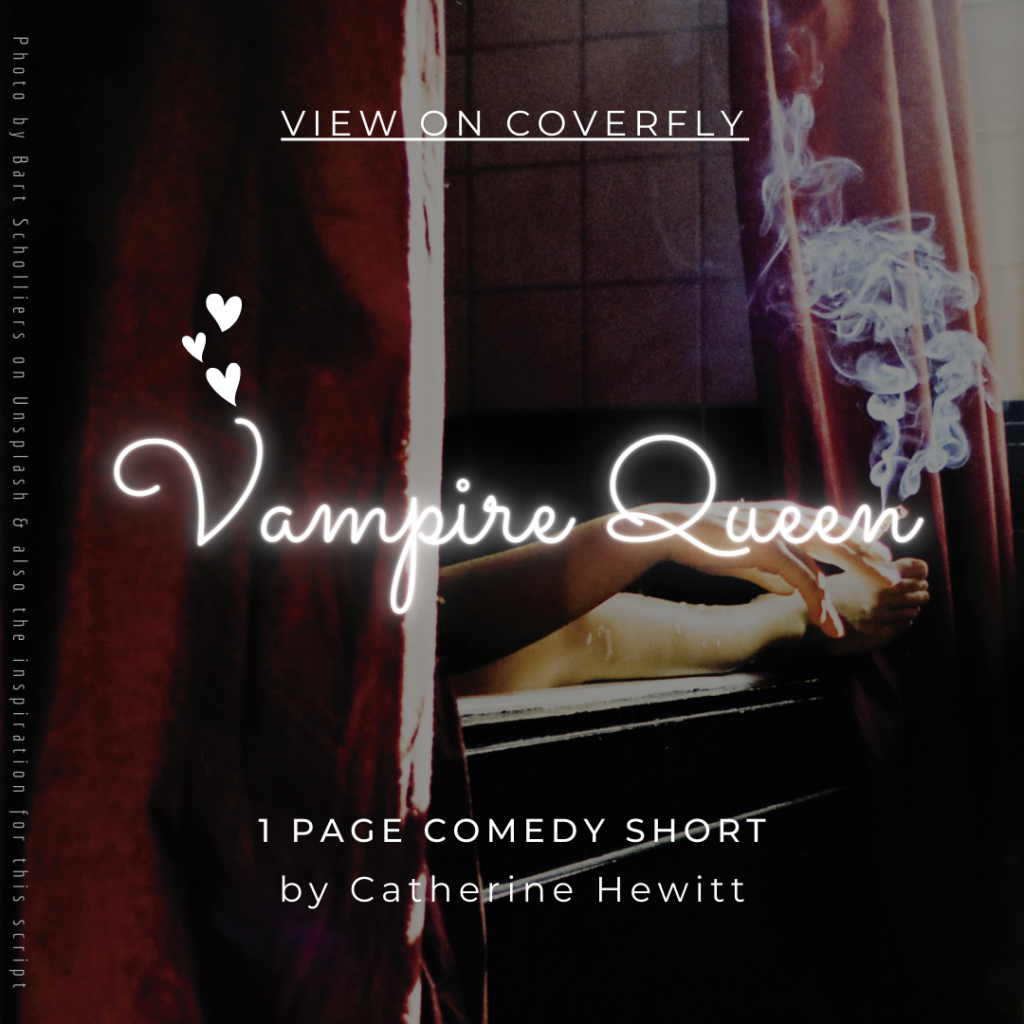If you are the sum of your experiences then writing any story should be easy…
But it’s just not that straight forward is it? If that’s how it’s done you’d have a total of one story in you (or maybe a mini series) – your life.
But perhaps I’m being too literal. Perhaps Mr Hemingway’s quote suggests it’s simply an outpouring of emotions you’re feeling at the time. Or digging into the depths of your memories to find the emotion best fitting the situation you’re writing about.

Makes me wonder about my sanity a little – I mean I don’t write romance now do I?
And if you do set out to be a horror writer where do you get your inspiration. There might be some things in your life that were horrific, terrifying, or devastating, but are they the basis for your career in writing horror?
Probably more likely they’re the things that help you express certain emotions. That well of feelings you can draw on to imprint the page of your story with the way it really feels.
But is that enough….
Nope, sorry. Your emotions are important, your experiences are important, but they’re not everything.
Now I know most of you are reading this going – ‘and now we talk about plot’ but you’d be wrong.
I don’t give a rats ass about plotting.
But I do care about delving into the depths of your brain. You shouldn’t just read the story, you should experience it. This is where potentially brilliant stories go wrong. To infiltrate the brain the writer has to bypass the surface layer of ‘noticing but not absorbing’ brain matter, and get down into the part that uses those special tools like: paranoia, instinct, and emotion.
Reading about an emotion or feeling (after infiltration has been accomplished) can make you experience it (in your brain), and that’s where the fear of the shadows and noises comes from when you’re reading a really good horror.
So how do you invade the brain?
Well you do that using science. Deep in the depths of the laboratory Igor and I have been working on an experiment. You know what Igors are like – different heads for different reasons.
And as it turns out the brain responds to a set of triggers, like going down the steps into the dungeon, if you follow them one by one, you’ll eventually get to the bottom. That doesn’t mean there isn’t the odd trick step along the way but step by step you’ll make it to your destination one way or another.
Now if you were writing for your website or sales page you might use the same idea but using the slippery slope technique – they get on at the headline and slide all the way down to the sticky goo at the end where they have to put their email in to escape.
But in fiction, even though you don’t want them to stop reading, you can add the odd trick step. A brief detour, a slight meandering path through the woods, a convenient stop to smell the daisies. As long as it returns them to the path unharmed.
Step by step…
- As with all stories – set the scene, introduce the protagonist
- lull them into a false sense of security
- follow with a devastating blow
- allow the protagonist to experience the aftermath
- how do they beat this horror or at least keep the trouble at bay whilst they try to stay alive
- the last breath – if they got over it do the victory dance, if they didn’t win, well if you’re not careful, you could leave your reader feeling unsatisfied and unfulfilled
- anticipation – has this story got the potential for a follow on? perhaps you need to wet their appetite here – you might as well since you’re already in their brain
Sounds like plotting I know but this is more like infiltration.
All through that you have to bleed your emotions all over the page without saying too much. Show don’t tell.
And…your protagonist must not step out of character, your timeline should work, you shouldn’t contradict yourself without good reason, and just occasionally – make them laugh.
Some writers plot and others don’t. If you’re a plotter try following this pattern for your next plotting session before you write. If you’re a non-plotter (like me) try to remember the pattern as you write, write the intro till it’s done, then move on to the false sense of security etc It may even help get you to the end when the character begins to give you problems.
What this means for horror…
Horror is the anticipation of something scary, jumpy, or horrible happening. And fear is the emotion felt at the threat of something dangerous, painful, or otherwise harmful happening. You want the reader to feel these things, in that deep down place that gives them nightmares. Because if you give them nightmares you infiltrated their psyche – aw bless – and did your job.
You know what that ol’ brain of yours is like for thinking about the stuff that went on through the day. If part of that was reading horror that made you get involved on an emotional level, took you away to another reality that, as your brain believed at the time, could really happen, then guess what? Your brain is going to use that material for it’s next midnight movie in your head.
And if you happen to choose a subject that resonates with your reader, something they’re afraid of already (even if they don’t ever admit it out loud) you may just find an even deeper connection – don’t just bleed, infiltrate!
Welcome to the end of the greasy slope…
Over the next few months I’ll be writing a series of posts about about horror and fear (nothing new there then).
Looking at the psychology of fear and horror, how it’s been used in the past and how it may need to change in the future, why it gets harder and harder to find scary stories, and lots more besides.
The Legion are recruiting! – sign up and share this post.
Horror and Fantasy Author – Also writing as K.T. McQueen. Love Western Horror, cowboy boots, my cactus Collin, & my Demon Cat.
Moths – I hate moths, the way they flutter at your face!





where can I buy your books?
Hi Lelly,
Three are being republished by Wallace Publishing real soon.
But some are available through smashwords like: Till the Dark of Winter (some are free to download 🙂 ).
Let me know what you think.
Kate xxx